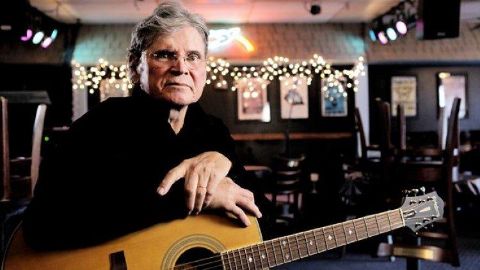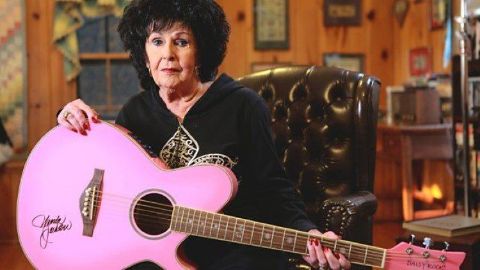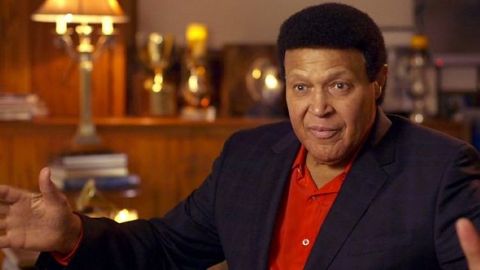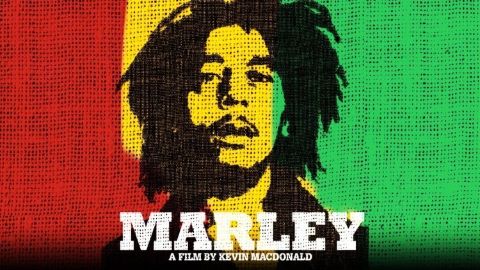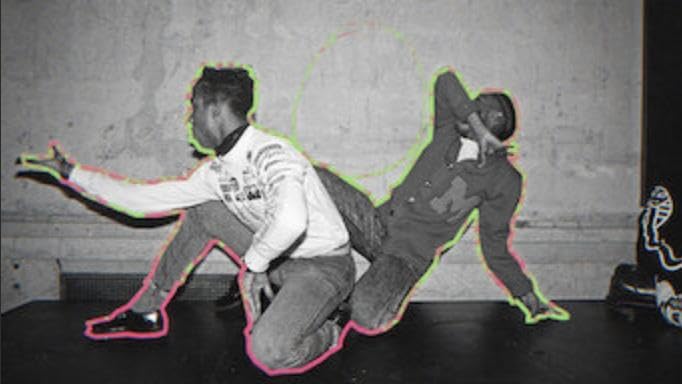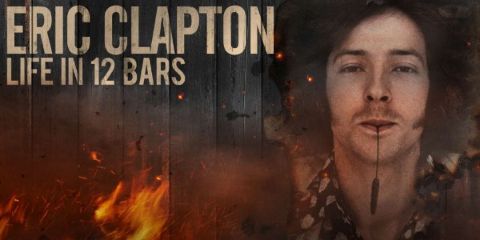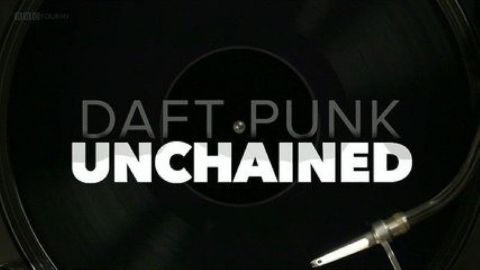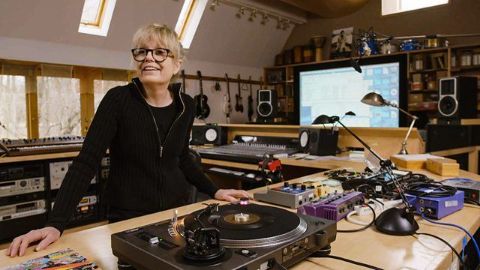Sweet Little Sixteen • 2015 • episode "S1E1" • Rock and Roll America
Part one, Sweet Little Sixteen, focuses on the origins of the sound in 1950s America - a rhythm-driven mix of blues, boogie woogie and vocal harmony championed by young music pioneers such as Fats Domino and Little Richard, which was nurtured by small independent record labels and, pre-Civil Rights Act, drew young white and black kids together. This episode also discusses the start of Elvis Presley's career as a local singer in Memphis and examines the impact the film industry had on the movement. In particular, bad boy heartthrob Marlon Brando's iconic performance in 1953's The Wild One as the biker that ignited a rebellious spirit and style in teens across America, and 1955's Blackboard Jungle, which featured Bill Haley & His Comets' Rock Around The Clock, which went on to become the first rock 'n' roll number one and an anthem for the country's disaffected youth.
Make a donation
Buy a brother a hot coffee? Or a cold beer?
Hope you're finding these documentaries fascinating and eye-opening. It's just me, working hard behind the scenes to bring you this enriching content.
Running and maintaining a website like this takes time and resources. That's why I'm reaching out to you. If you appreciate what I do and would like to support my efforts, would you consider "buying me a coffee"?
Donation addresses
BTC: bc1q8ldskxh4x9qnddhcrgcun8rtvddeldm2a07r2v
ETH: 0x5CCAAA1afc5c5D814129d99277dDb5A979672116
With your donation through , you can show your appreciation and help me keep this project going. Every contribution, no matter how small, makes a significant impact. It goes directly towards covering server costs.
